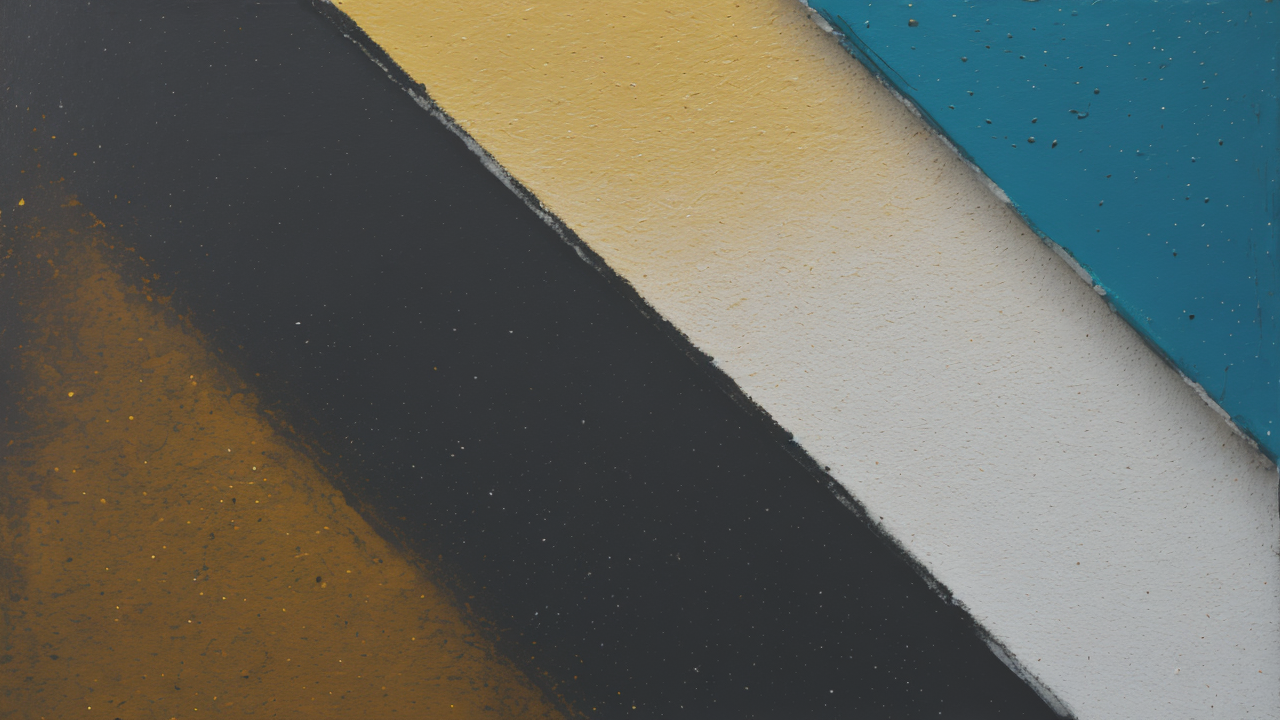
The Art of Abstraction: Expert Tips for Composing Colorful Oil Paintings as Statement Wall Art
Understanding the Fundamentals of Oil Painting Techniques
The History of Oil Painting in the United States
Oil painting has a rich history in the United States. It began in the colonial era with portraits and landscapes. The Hudson River School emerged in the mid-19th century, focusing on American landscapes. Abstract Expressionism gained popularity in the 1940s and 1950s. Artists like Jackson Pollock and Mark Rothko revolutionized oil painting techniques. Today, American oil painters continue to push boundaries and explore new styles.

Essential Oil Painting Materials for Quality Wall Art
To create stunning wall art, you need quality materials. Start with high-grade oil paints in a range of colors. Choose linen or cotton canvas for durability. Invest in various brushes for different effects. Use palette knives for texture and blending. Select a sturdy easel for stability. Don't forget cleaning supplies like turpentine and linseed oil. Quality materials ensure your artwork lasts for years to come.
Key Oil Painting Techniques for Vibrant Colors and Textures
Mastering oil painting techniques is crucial for creating vibrant wall art. Learn the wet-on-wet technique for smooth blending. Practice glazing to add depth and luminosity to your colors. Experiment with impasto for bold textures. Use stippling for intricate details. Try scumbling to create subtle color transitions. Combine these techniques to achieve unique effects in your paintings. Remember, practice makes perfect in oil painting.
Design Strategies for Creating Dynamic Oil Paintings
Using Color Psychology to Elevate Your Artwork
Color psychology plays a vital role in creating impactful wall art. Warm colors like red and orange evoke energy and passion. Cool colors like blue and green promote calm and serenity. Yellow can add cheerfulness, while purple suggests luxury. Consider the mood you want to create in your space. Use complementary colors for contrast and visual interest. Experiment with monochromatic schemes for a sophisticated look. Remember, color combinations can dramatically affect the viewer's emotions.

The Role of Symmetry and Geometric Patterns in Design
Symmetry and geometric patterns add structure to abstract oil paintings. They create a sense of balance and harmony. Use symmetry to guide the viewer's eye across the canvas. Incorporate geometric shapes for a modern, graphic feel. Experiment with asymmetry for dynamic compositions. Combine organic and geometric forms for interesting contrasts. Remember, these elements can be subtle or bold in your design.
Narrative and Movement: Crafting Stories in Oil Painting
Storytelling through oil painting creates engaging wall art. Use composition to guide the viewer's eye. Create a focal point to anchor your narrative. Use color and texture to convey emotions. Incorporate symbols or motifs that represent key themes. Consider the flow of movement across the canvas. This can be achieved through brush strokes or arrangement of elements. Remember, even abstract paintings can tell powerful stories.
Navigating the Art Market: Tips for Selling Your Oil Paintings
Marketing Strategies for Oil Paintings as Wall Art
To sell your oil paintings as wall art, develop a strong marketing strategy. Create a professional website to showcase your work. Use social media platforms to reach a wider audience. Participate in local art fairs and exhibitions. Consider online marketplaces specialized in art sales. Offer high-quality prints of your paintings for wider accessibility. Collaborate with interior designers to get your work into homes and offices. Remember, consistency in your marketing efforts is key.

Establishing Your Unique Brand in the Oil Painting Industry
Developing a unique brand is crucial in the competitive oil painting market. Define your artistic style and stick to it. Create a cohesive body of work that reflects your vision. Develop a compelling artist statement that explains your approach. Choose a memorable name or logo for your brand. Maintain consistency in your online presence and marketing materials. Share your creative process to engage your audience. Remember, authenticity is key to building a strong brand.
Networking and Building Relationships with Art Collectors
Building relationships with art collectors is essential for success. Attend gallery openings and art events regularly. Join local artist groups or associations. Engage with your followers on social media. Offer studio visits to interested collectors. Consider collaborating with other artists on projects. Participate in charity auctions to gain exposure. Always be professional and courteous in your interactions. Remember, nurturing these relationships takes time and effort, but can lead to long-term success in the art world.


